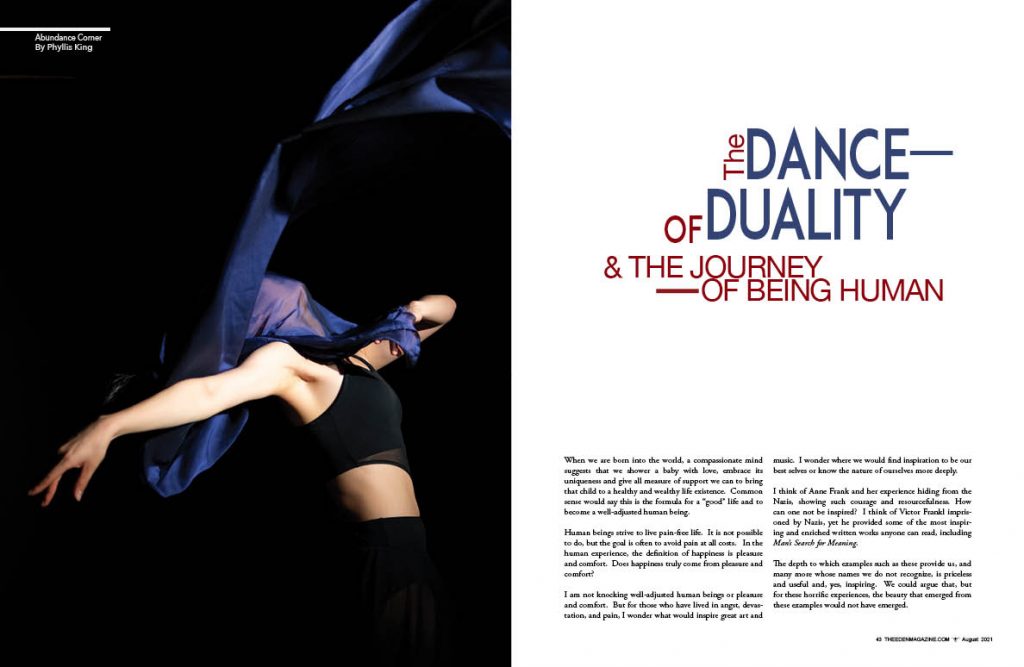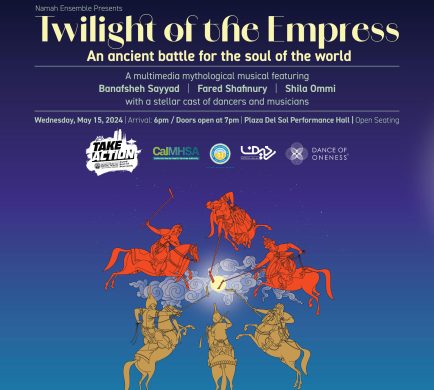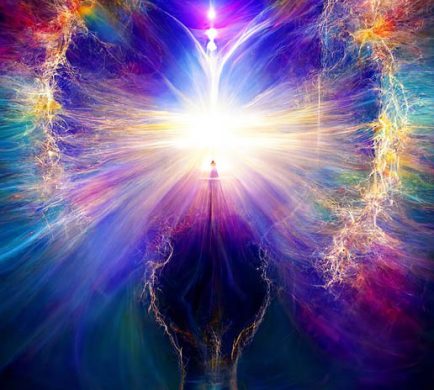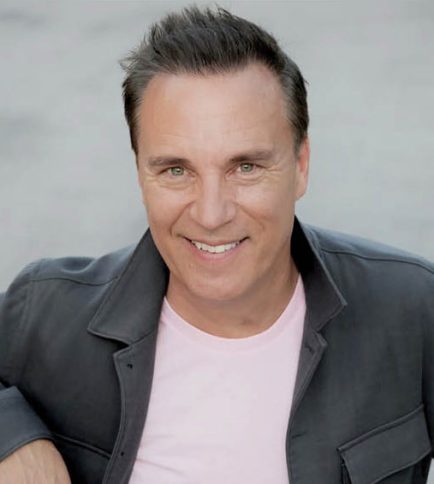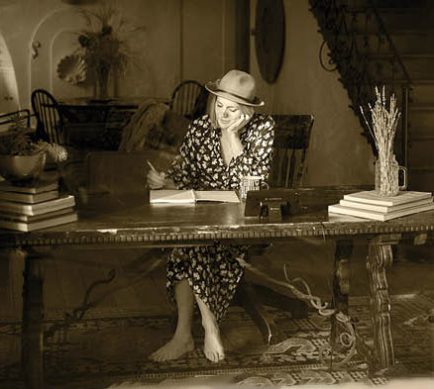By Phyllis King
When we are born into the world, a compassionate mind suggests that we shower a baby with love, embrace its uniqueness and give all measure of support we can to bring that child to a healthy and wealthy life existence. Common sense would say this is the formula for a “good” life and to become a well-adjusted human being.
Human beings strive to live pain-free life. It is not possible to do, but the goal is often to avoid pain at all costs. In the human experience, the definition of happiness is pleasure and comfort. Does happiness truly come from pleasure and comfort?
I am not knocking well-adjusted human beings or pleasure and comfort. But for those who have lived in angst, devastation, and pain, I wonder what would inspire great art and music. I wonder where we would find inspiration to be our best selves or know the nature of ourselves more deeply.
I think of Anne Frank and her experience hiding from the Nazis, showing such courage and resourcefulness. How can one not be inspired? I think of Victor Frankl imprisoned by Nazis, yet he provided some of the most inspiring and enriched written works anyone can read, including
Man’s Search for Meaning.
The depth to which examples such as these provide us, and many more whose names we do not recognize, is priceless and useful and, yes, inspiring. We could argue that, but for these horrific experiences, the beauty that emerged from these examples would not have emerged.
As a classically trained musician, I have often reflected upon Beethoven. It was after he lost his hearing that critics suggested he wrote his best works—what an incredible thing to consider—gifted with prodigious musical talent yet unable to hear the beauty of his own creations that have provided so much joy and fullness to millions of lives, for now, hundreds of years.
I remember my colleague, Dr. Wayne Dyer. I was fortunate to co-author a work with him. Wayne was in nine different foster care homes during his childhood.
Extraordinary difficulty and trauma.
Still, he became one of the most highly regarded thought leaders of our generation. He contributed so much to spiritual understanding and expansion.
The path he had to walk to develop into a spiritual leader and teacher was one most of us would shudder even to imagine.
When we consider these ideas of loss, trauma, tragedy, and pain but see what they can produce, how do we reconcile the question of happiness? Where does happiness really come from? Is it truly from a painless existence? Is it from comfort? Or does it come from the ability to grow beyond the pain that life inevitably gives to but still allow the majesty of life itself to dominate our awareness and point of view?
In this idea, we become stronger and full of dimension. When we see the challenges of life as opportunities to grow into the fullness of our being, it suggests we have trust in life itself. We understand and recognize the interconnectedness of all things. This phenomenon of understanding is what I refer to as the Dance of Duality.
We recognize that we are more than a body flopping around on the rock we call Earth and that experience is a teacher, nothing more. Yet, we must balance that existential awareness with the very real truth that we have a human experience. That experience can be scary, difficult, painful, and traumatizing. The difference
appears to be in our ability to develop a framework within which we put meaning to our most difficult experiences. In that practice, we foster joy, inspiration, and strength no matter what situation we face.
An article in Psychology Today, which studied happiness, and getting what we want, said that when we get what we want, the average time we feel happy about it, depending upon the thing, is roughly 20 minutes. Other achievements may last up to a week. Achievement does not make us happy. This article makes the point that real sustenance and joy come in the pursuit and development of inner selves. The inner mastery we must achieve to realize something we think we want us to feel happy. I paraphrase now the famed leadership guru, Jim Rohn, who said, “everyone should
become a millionaire. Not for the money itself but for who you have to become to get there.”
It does not matter what we want to improve or have in our lives. It can be more well-being, a Ferrari, a partner, or a vacation. When the pursuit is complete, what remains is our state of being, our point of view. This includes our inner narrative, which always tells the truth about our life relationships and what we believe creates happiness.
In the dance of duality, we can still pursue wants, needs, and goals. The greater pursuit is to learn to be happy at the moment we are in while we get to our goals. This is what Anne Frank and Victor Frankl and Beethoven and Wayne Dyer taught us.
Every dance is unique to the individual. It is a dance. We do gracefully or stumble through it. There is no right way. It serves us well to regard our interaction with life as such to keep it in proper perspective. Think about your dance. Name it.
Own it. Allow it to help you emerge into the unfolding journey of your life.

